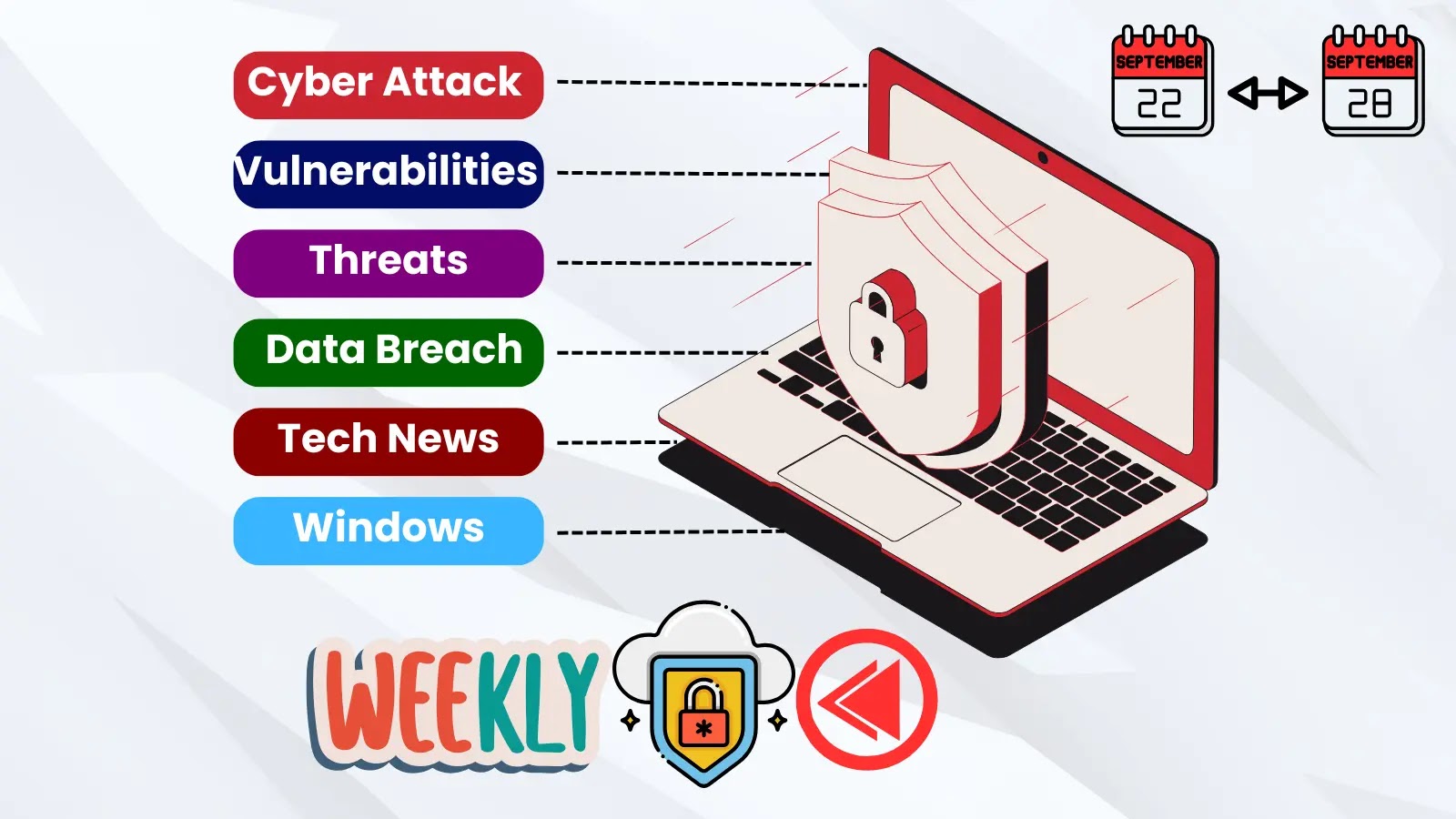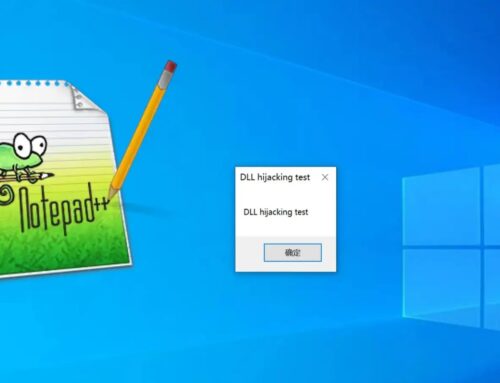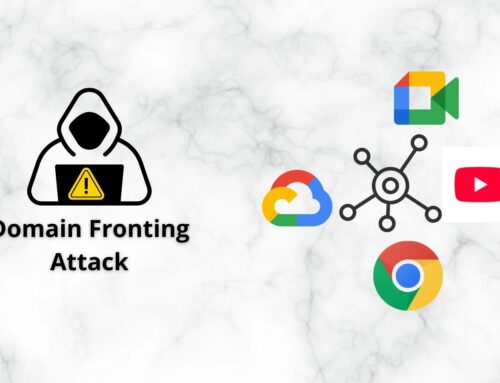
Cybersecurity Newsletter Weekly – Chrome 0-Day, 22.2 Tbps DDOS Attack, Kali Linux Release, Cisco IOS 0-Day and More
Navigating the Storm: Chrome 0-Day, Record DDoS, and Critical Security Updates
This week delivered a stark reminder of the relentless pace and escalating challenges within cybersecurity. From Google’s urgent response to an actively exploited Chrome zero-day to an unprecedented 22.2 Tbps DDoS attack, and critical updates across software and hardware, defenders faced a barrage of threats. Understanding these developments is crucial for maintaining robust digital defenses.
Google Chrome Zero-Day: Urgent Patch for Active Exploitation
Google recently issued an emergency patch for a critical, actively exploited zero-day vulnerability in its Chrome browser. This high-severity flaw, identified as CVE-2023-3407, underscores the persistent threat posed by sophisticated attackers targeting widely used software. Details surrounding the exploit are often kept under wraps to prevent further abuse, but the “actively exploited” designation means attackers are already using this vulnerability in the wild.
Remediation Actions: Chrome 0-Day
- Immediate Update: Users and organizations must update their Chrome browsers to the latest available version without delay. Google typically pushes these updates automatically, but manual verification through
chrome://settings/helpis advisable. - Principle of Least Privilege: Ensure browsing users operate with the minimum necessary privileges to limit the potential impact of a successful exploit.
- Endpoint Protection: Maintain robust endpoint detection and response (EDR) solutions to identify and block suspicious activity stemming from browser-based exploits.
Historic 22.2 Tbps DDoS Attack: A New Benchmark in Scale
A distributed denial-of-service (DDoS) attack reaching an unprecedented 22.2 Terabits per second (Tbps) was reported, setting a new benchmark for attack volume. Such large-scale attacks are capable of overwhelming even the most resilient network infrastructures, causing significant disruptions to online services and operations. While specific targets are often confidential, the nature of these attacks highlights the growing sophistication and resourcefulness of threat actors.
Mitigation Strategies: DDoS Attacks
- DDoS Mitigation Services: Partner with specialized DDoS mitigation providers that can absorb and scrub large volumes of malicious traffic.
- Network Architecture Redundancy: Implement redundant network paths and distributed infrastructure to ensure service continuity during an attack.
- Traffic Monitoring and Anomaly Detection: Utilize advanced traffic analysis tools to detect volumetric anomalies and initiate mitigation procedures promptly.
Kali Linux 2023.3 Release: New Tools and Enhanced Features
Offensive Security announced the release of Kali Linux 2023.3, bringing a suite of new tools, numerous updates, and performance enhancements to its popular penetration testing and ethical hacking distribution. This release includes several new tools crucial for security professionals and researchers, further solidifying Kali’s position as a go-to platform for security assessments.
Key Features in Kali Linux 2023.3
- Integration of new offensive security tools.
- Performance improvements and bug fixes.
- Updated kernel and core packages.
Security professionals should review the official Kali Linux release notes for a comprehensive list of changes and new functionalities.
Cisco IOS 0-Day: Critical Vulnerabilities in Network Devices
Cisco disclosed critical zero-day vulnerabilities affecting its Internetwork Operating System (IOS) and IOS XE software, specifically CVE-2023-20198 and other related flaws. These vulnerabilities could allow unauthenticated, remote attackers to execute arbitrary code or cause a denial of service on affected devices. Given the pervasive use of Cisco devices in enterprise and service provider networks, these flaws present a significant risk to global infrastructure.
Remediation Actions: Cisco IOS 0-Day
- Apply Patches Immediately: Organizations must prioritize applying the relevant security updates and patches released by Cisco for all affected IOS and IOS XE devices.
- Network Segmentation: Implement strong network segmentation to limit the lateral movement of attackers if a device is compromised.
- Access Control Lists (ACLs): Review and tighten ACLs on network devices to restrict access to management interfaces and critical services.
- Regular Audits: Perform regular security audits of network device configurations to identify and mitigate potential weaknesses.
Tools for Network Vulnerability Management
| Tool Name | Purpose | Link |
|---|---|---|
| Cisco Vulnerability Management | Identifies and prioritizes vulnerabilities in Cisco environments. | Cisco Vulnerability Management |
| Nessus | Comprehensive vulnerability scanning and assessment. | Nessus |
| OpenVAS | Open-source vulnerability scanner and manager. | OpenVAS |
Conclusion: Heightened Vigilance is Non-Negotiable
This week’s cybersecurity landscape underscores the critical need for continuous vigilance, proactive patching, and robust incident response capabilities. The active exploitation of zero-days in widely used software like Chrome and Cisco IOS, alongside record-breaking DDoS attacks, necessitates a multi-layered defense strategy. Organizations must prioritize immediate patching, invest in advanced threat detection, and regularly review their security posture to adapt to an evolving threat landscape. Staying informed and agile is the only way to effectively counter these advanced and pervasive cyber threats.





